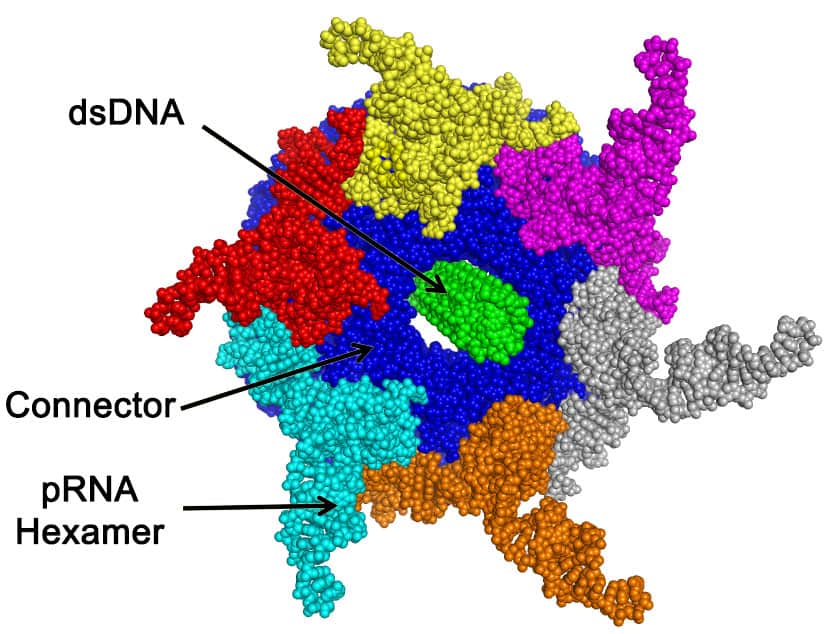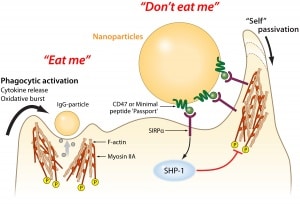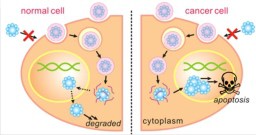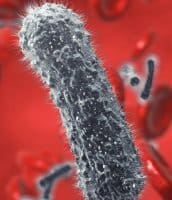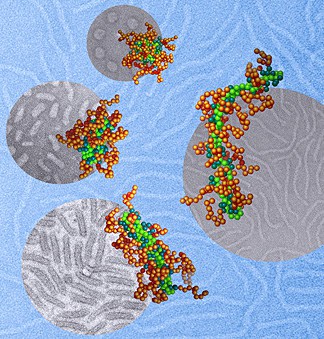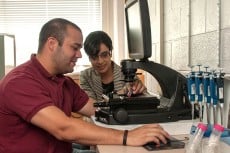Revolution of DNA around a central channel, rather than rotation, is the method used by a viral molecular motor to package DNA. A structure facilitating bottom-up assembly may lead to roles in nanotechnology for these nanomotors.
RNA-protein motor for unidirectional movement of DNA in nanomachinery
